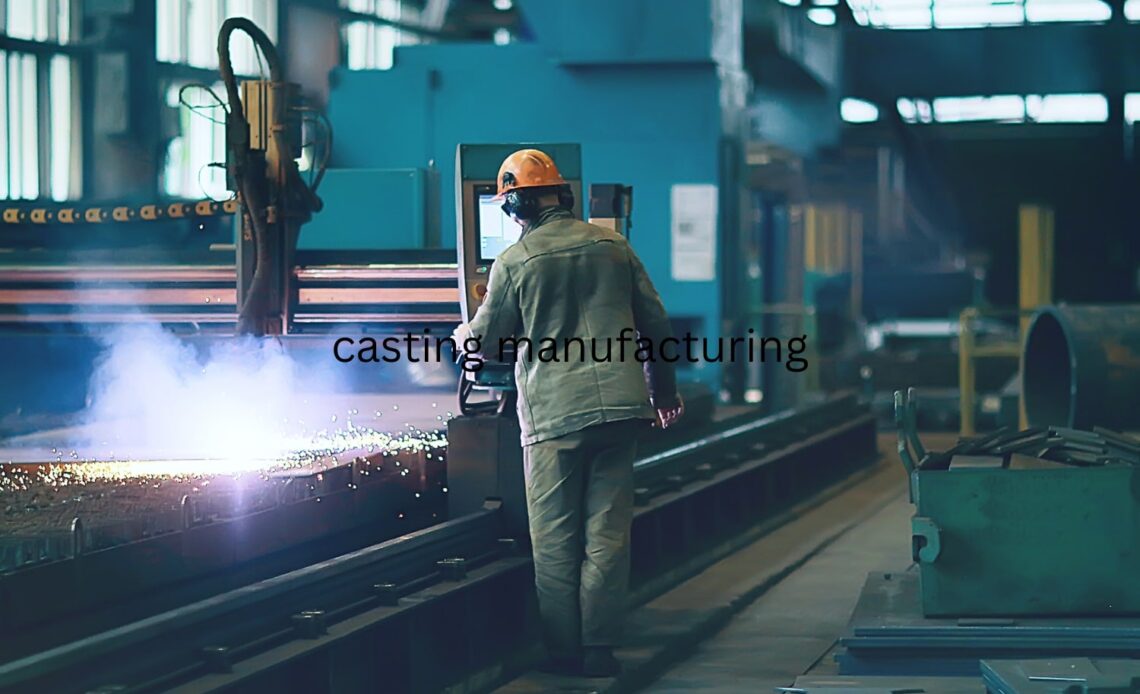The spindle of a milling machine is a critical component that plays a fundamental role in the machine’s operation. It is an essential part of various machining processes, particularly milling, which involves the removal of material from a workpiece to create precise shapes and features. The spindle’s function is multifaceted and involves several key aspects, making it a vital component in the world of milling machine parts.
1. Rotational Power Generation: The primary function of the milling machine’s spindle is to generate rotational power. It is typically driven by an electric motor or other power source, and it converts the electrical energy into mechanical energy in the form of rotational motion. This rotational power is essential for driving the cutting tool through the workpiece material.
2. Speed Control: The spindle allows for precise control over the rotational speed of the cutting tool. Different materials and cutting tools require varying speeds to achieve optimal machining results. The spindle’s speed can be adjusted to match the specific requirements of a given machining operation, ensuring that the tool operates at the ideal cutting speed to maximize efficiency and quality.
3. Tool Holding: Another crucial function of the spindle is to securely hold the cutting tool in place. This is achieved through various types of tool holders, such as collets, end mill holders, or drill chucks, which are attached to the spindle. Proper tool holding is critical for accuracy and safety during machining, as any tool movement or slippage can lead to imprecise cuts or even accidents.
4. Tool Rotation: The spindle rotates the cutting tool, which is essential for material removal during milling. As the tool spins, its cutting edges engage with the workpiece, gradually removing material to create the desired shape or feature. The rotational motion generated by the spindle ensures even and controlled cutting across the workpiece.
5. Direction Control: In addition to rotational motion, some milling machine spindles can also provide directional control. This is particularly important in multi-axis machining, where the spindle can move along multiple axes to achieve complex geometries. The ability to control the spindle’s direction allows for the creation of intricate parts and surfaces.
6. Cooling and Lubrication: Modern milling machine spindles often include features for cooling and lubricating the cutting tool. Coolant can be directed to the cutting area through the spindle to dissipate heat and prevent tool wear, prolonging tool life and maintaining machining accuracy. Lubrication systems ensure smooth spindle operation, reducing friction and minimizing wear and tear on spindle components.
7. Tapered Design: Many milling machine spindles have a tapered design, such as the popular R8 or ISO 30 tapers. This taper ensures a precise and secure fit between the spindle and tool holder, enhancing stability and accuracy during machining operations.
8. Tool Change Capability: In advanced milling machines, the spindle may incorporate an automatic tool-changing system. This feature enables the machine to switch between different tools without manual intervention, increasing efficiency and reducing downtime.
9. Rigidity and Stability: Spindle design and construction play a crucial role in maintaining the rigidity and stability of the milling machine. A stable spindle minimizes vibration and deflection during cutting, which is essential for achieving high-precision machining results.
10. Compatibility and Versatility: Milling machine spindles are designed to be compatible with a wide range of cutting tools, allowing machinists to perform various machining operations, including face milling, end milling, drilling, tapping, and more. This versatility makes milling machines a valuable asset in industries ranging from manufacturing to aerospace.
In summary, the spindle of a milling machine serves as the heart of the machining process, providing rotational power, speed control, tool holding, tool rotation, directional control, cooling, and lubrication. Its design and capabilities significantly influence the precision, efficiency, and versatility of milling machines, making it a critical component in the world of manufacturing and metalworking. The careful selection and maintenance of the spindle are essential for achieving high-quality machining results.



